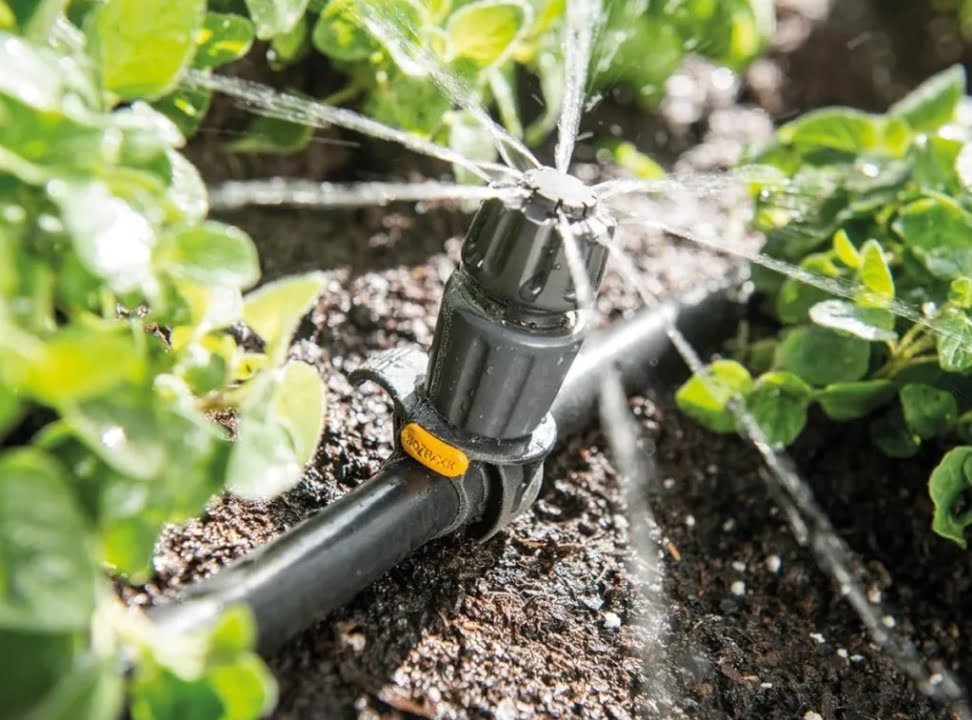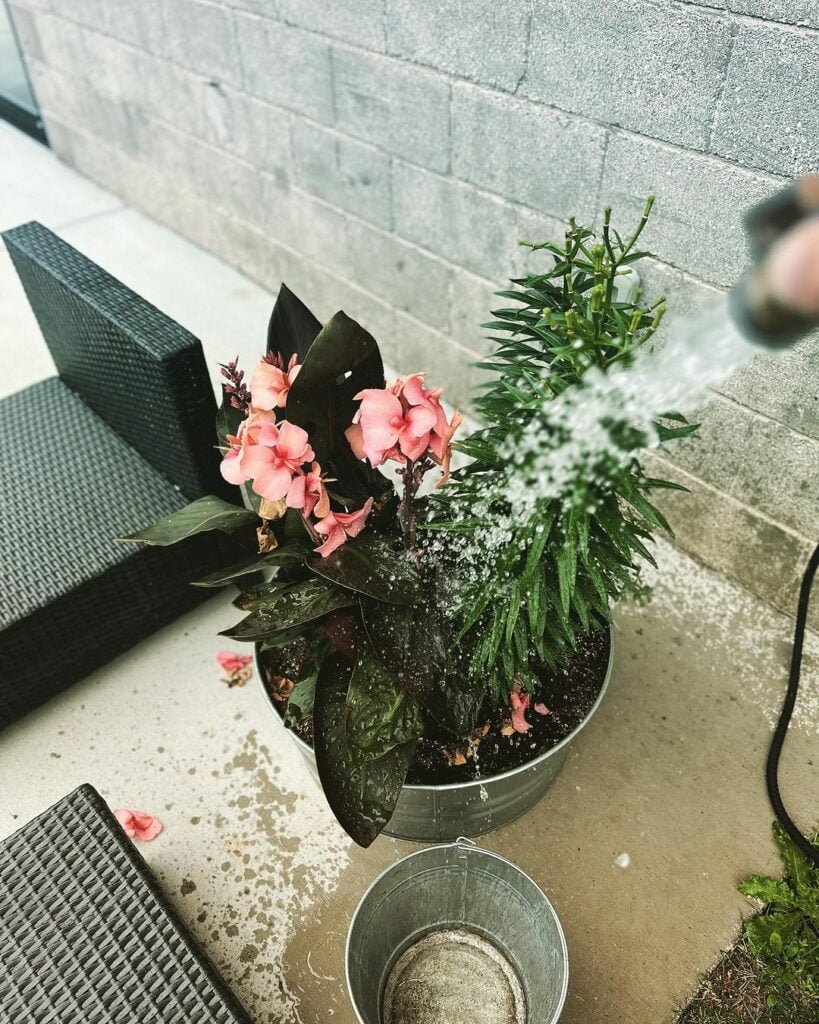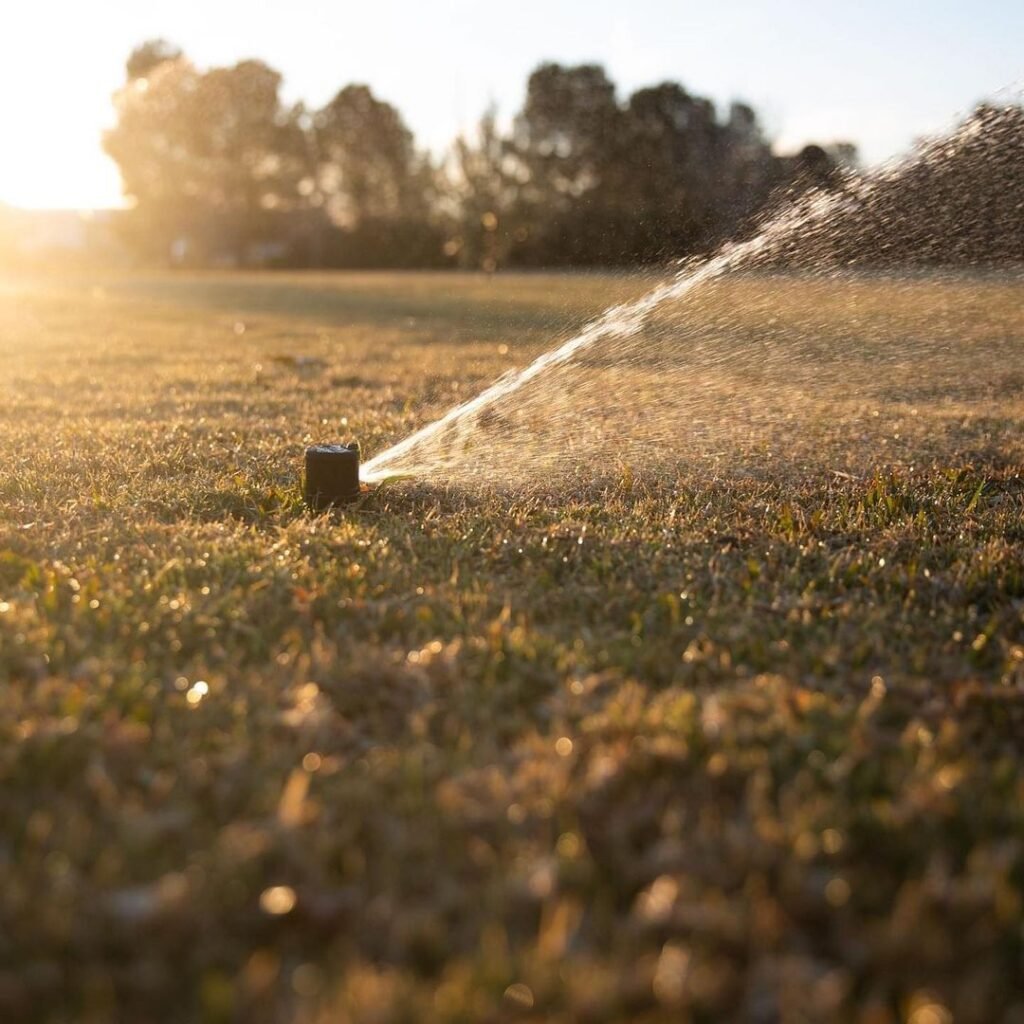Discover the essential tips and techniques for properly watering your plants with our ultimate guide. Learn how to avoid common mistakes and ensure healthy growth for both indoor and outdoor plants. Keep your garden thriving year-round with expert advice and seasonal tips.
Water is the lifeblood of plants, essential for their growth, nutrient transport, and overall health. Yet, improper watering is one of the most common reasons for plant failure. This guide will help you master the art of watering, ensuring your plants thrive year-round.
Understanding Plant Water Needs

Different plants have varying water requirements based on factors such as:
- Species: Some plants, like succulents, require less water than others.
- Size: Larger plants generally need more water than smaller ones.
- Growth stage: Seedlings and flowering plants often need more frequent watering.
- Environment: Temperature, humidity, and light affect water needs.
Signs of Improper Watering
Overwatering:
- Yellowing leaves
- Soft, mushy stems
- Mold on soil surface
- Fungus gnats
Underwatering:
- Wilting
- Dry, crispy leaf edges
- Slow growth
- Leaf drop
For help identifying issues, check out this Plant Problem Diagnostic Tool from the Missouri Botanical Garden.
General Watering Guidelines
- Check soil moisture: Before watering, check the top inch of soil. If it’s dry, it’s time to water.
- Water deeply: Ensure water reaches the roots by watering until it drains from the bottom of the pot.
- Avoid wetting foliage: Water at the base of the plant to prevent fungal diseases.
- Use room temperature water: Cold water can shock plants.
- Water in the morning: This allows plants to absorb water before the heat of the day.
- Adjust for seasons: Most plants need less water in winter and more in summer.
The Royal Horticultural Society offers excellent watering guidelines.
Indoor Plant Watering Tips
- Consider pot material: Terra cotta pots dry out faster than plastic ones.
- Use saucers: Place saucers under pots to catch excess water, but don’t let plants sit in standing water.
- Group plants: Clustering plants increases humidity and reduces watering frequency.
- Use a moisture meter: For precise soil moisture measurement.
- Be consistent: Establish a regular watering schedule, adjusting as needed.
Learn more about indoor plant care from the University of Minnesota Extension.
Outdoor Plant Watering Techniques

- Mulch: Apply a 2-3 inch layer of mulch to retain soil moisture and reduce evaporation.
- Water at soil level: Use soaker hoses or drip irrigation for efficient watering.
- Collect rainwater: Use rain barrels to harvest water for your garden.
- Consider xeriscaping: Design your landscape with drought-tolerant plants to reduce water needs.
- Water deeply and less frequently: This encourages deep root growth.
Explore water-wise gardening techniques from Colorado State University Extension.
Seasonal Watering Adjustments

Spring:
- Gradually increase watering as plants come out of dormancy.
- Monitor soil moisture closely as temperatures fluctuate.
Summer:
- Water early in the morning to minimize evaporation.
- Increase watering frequency during heatwaves.
- Consider using shade cloth for sensitive plants.
Fall:
- Reduce watering as temperatures cool and growth slows.
- Continue to water evergreens until the ground freezes.
Winter:
- Water sparingly, only when soil is dry several inches deep.
- For indoor plants, reduce watering and stop fertilizing.
Check out this seasonal garden calendar for more specific advice.
Watering Different Plant Types
Succulents and Cacti:
- Allow soil to dry completely between waterings.
- Water less frequently in winter.
Tropical Plants:
- Maintain consistent moisture.
- Mist leaves to increase humidity.
Vegetables:
- Water consistently to prevent stress and improve yield.
- Use mulch to retain moisture.
Trees and Shrubs:
- Water deeply and infrequently to encourage deep root growth.
- Use a tree watering bag for newly planted trees.
For specific plant needs, consult the Missouri Botanical Garden’s Plant Finder.
Advanced Watering Techniques

- Self-watering planters: These containers have a reservoir that supplies water as needed.
- Wicking systems: Use capillary action to draw water from a reservoir to plant roots.
- Hydroponics: Grow plants in nutrient-rich water without soil.
- Aquaponics: Combine fish farming with hydroponic plant growing.
- Smart irrigation systems: Use weather data and soil moisture sensors to automate watering.
Learn more about irrigation technology from the University of California.
Common Watering Mistakes to Avoid

- Watering on a fixed schedule without checking soil moisture.
- Using softened water, which can contain harmful sodium levels.
- Overwatering succulents and cacti.
- Underwatering during dry winters.
- Forgetting to adjust watering when moving plants indoors or outdoors.
- Not considering the impact of pot size on watering needs.
For more on plant problems, visit Penn State Extension.
Water Quality Considerations
- pH: Most plants prefer slightly acidic water (6.0-6.5 pH).
- Chlorine: Let tap water sit overnight to allow chlorine to evaporate.
- Hardness: Very hard water can lead to mineral buildup in soil.
- Temperature: Use room temperature water to avoid shocking plants.
- Contaminants: Consider using filtered water for sensitive plants.
The Food and Agriculture Organization offers detailed information on water quality for agriculture.
Troubleshooting Watering Issues

- Yellowing leaves: Could indicate overwatering or nutrient deficiencies.
- Leaf scorch: Often caused by saltwater or chemical burn from overfertilizing.
- Blossom end rot: Common in tomatoes due to inconsistent watering.
- Root rot: Caused by overwatering and poor drainage.
- Powdery mildew: Encouraged by wet foliage and poor air circulation.
For help diagnosing plant problems, visit Washington State University Extension.
Conclusion
Mastering the art of watering is crucial for plant health and garden success. By understanding your plants’ needs, observing their responses, and adjusting your techniques accordingly, you can create a thriving indoor or outdoor garden. Remember that each plant is unique, and it may take some trial and error to find the perfect watering routine. With patience and attention, you’ll develop a green thumb in no time.
Remember to stay observant, be flexible in your approach, and enjoy the process of nurturing your plants. Happy gardening!
Pingback: Benefits of Companion Planting: A Guide for Gardeners
Pingback: Identifying Plant Pests and Diseases: Tips and Insights
Pingback: The Top 10 Indoor Plants for a Vibrant and Healthy Home
Pingback: How to Grow and Care for Lantana - Gardener's School
Pingback: Mastering the Green Thumb: Your Ultimate Guide to Indoor Plant Care 🌿
Pingback: 15 Plants with Purple and Green Leaves - Gardener's School
Pingback: The Ultimate Epipremnum Pinnatum Variegata Care Guide
Pingback: Rio Dipladenia Care: A Comprehensive Guide -
Pingback: Dracaena Angolensis: The Captivating Dragon Plant
Pingback: Dischidia Hirsuta Red Leaf: A Tropical Beauty Worth Growing!
Pingback: Tall Snake Plants: The Majestic Green Giants for Gardener’s
Pingback: 24 Best Types of Yucca Plants & How to Care for Them
Pingback: Venus Flytraps – carnivorous plants – How to Grow and Care
Pingback: Circle Garden Design: Crafting Elegance in Your Outdoor
Pingback: How to Take Care of Air Plants - Gardener's School
Pingback: How to Care for French Hydrangeas: Gorgeous Blue and Pink Blooms -
Pingback: Alocasia Stingray Care Guide - Gardener's school
Pingback: Planting Lemongrass in Pots - Gardener school
Pingback: How to Grow and Care for Azaleas - Gardeners Schools
Pingback: The Ultimate Guide to Watering Outdoor Potted Plants Perfectly -
Pingback: How To Grow And Care For A Money Plant -
Your article helped me a lot, is there any more related content? Thanks!
Pingback: Okra Plant: How to Grow, Care For, and Harvest – Quick Guide
Pingback: How to Grow and Care for Pitcher Plant: A Complete Guide
Pingback: Nerve Plant: A Comprehensive Care Guide -
Pingback: Grow Your Quirky Tractor Seat Plant: A Comprehensive Guide
Pingback: The Ultimate Guide to Growing Carnations: A Fragrant Delight for Your Garden
Pingback: How to Grow Stunning Fuchsias in Your Garden -
Pingback: Winter Plant Protection: A Comprehensive Guide for Keeping Your Garden Thriving
Pingback: How to Grow and Care for Broom Plants Gardeners Schoo
Pingback: Which Hostas Can Grow in the Sun? Gardeners Schools
Pingback: How to Grow and Care for the Pickle Plant
Pingback: How to Grow and Care for Spider Mums - Gardener's school
Pingback: Butterfly Bush Care Guide: How to Plant, Grow and Maintain Buddleia
Pingback: The Best Potted Palm Trees For Outdoors (With Pictures) -
Pingback: How to Grow and Care for Staghorn Fern: A Complete Guide for Breathtaking Greenery
Pingback: Huernia Macrocarpa: Everything You Need to Know
Pingback: The Charm of Forget-Me-Not Flowers: A Gardener’s Guide
Pingback: Cultivating Iris Flowers: Tips for Stunning Blooms
Pingback: Journey into Greenery: Trees That Begin with ‘J’
Pingback: Strelitzia Nicolai: The Ultimate Guide to the Giant White Bird of Paradise
Pingback: Frangipani: A Comprehensive Guide to Growing and Care
Pingback: Beauty Bark vs. Living Ground Cover: Which is Best for Your Garden?
Pingback: Blueberry Growing Made Easy: Tips for a Successful Harvest
Pingback: A Complete Guide to Growing and Caring for Citrus Trees
Pingback: Gooseberry Gardening: A Complete Guide to Growth and Care
Pingback: Best Way to Relocate a Lantana Gardeners School
Pingback: Discover the 9 Best Mother of Thousands Varieties | Mother of Millions Types
Pingback: Maidenhair Fern Care : A Comprehensive Guide for Lush and Healthy Growth - Gardener's School
Pingback: Pears : The Ultimate Guide to Growing Pyrus Communis
Pingback: How to Grow and Care for Virginia Creeper Gardeners School
Pingback: How to Grow a Young Kiwi Tree in a Pot - Gardener's School
Pingback: How to Make Your Christmas Cactus Bloom - Gardener's School
Pingback: Mastering Pink Splash Syngonium Care - Gardener's School
Pingback: Hoya Bella: The Charming Star of Your Indoor Garden
Pingback: Forsythia Flowers: Seasonal Care and Blooming Secrets
Pingback: How to Plant, Grow, and Care for Rattlesnake Plant: A Comprehensive Guide - Gardener's School
Pingback: Growing Hostas from Seed: A Comprehensive Guide
Pingback: Spanish Lavender Care: Guide to Unique Bunny-Eared Blooms